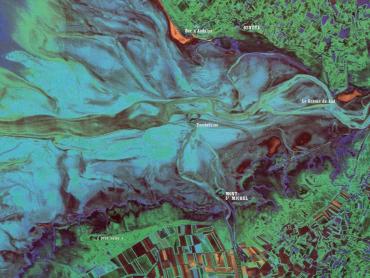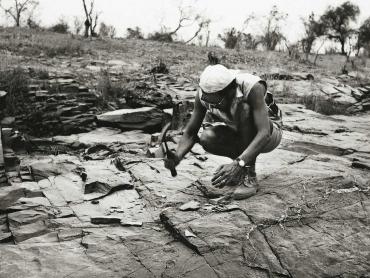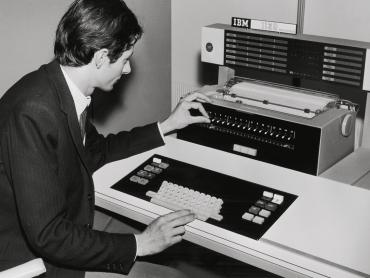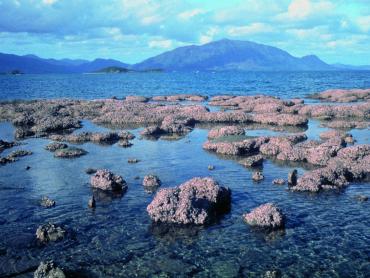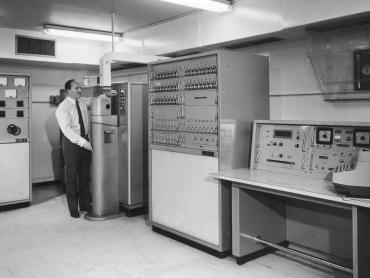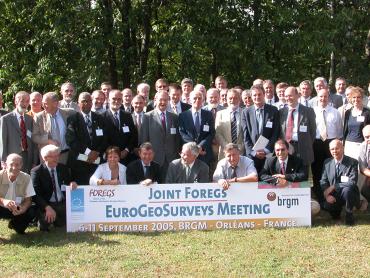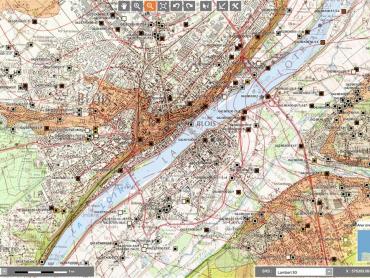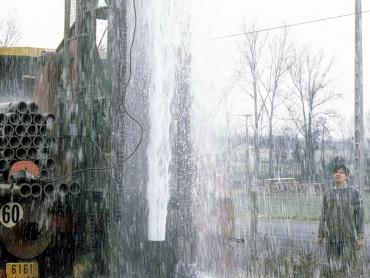After its founding in 1959, the BRGM was structured and developed throughout the 1960s. During this decade, its organisational grid gradually extended its coverage of the national territory, while its scope extended beyond the borders of France and its means expanded to integrate new technologies.
As a result of the merger of the French geological research and mining exploration offices, BRGM continued to be subject to administrative reorganisation after 1959. In 1961, it took over the activity and staff of the Geological mapping service in French Guiana. Between 1960 and 1962, it incorporated a large part of the staff of the Federal Directorates of Mines and Geology of French West Africa (AOF) and French Equatorial Africa (AEF). In 1968, it absorbed the French geological mapping service, created a century earlier by Napoleon III. This merger allowed it to cover the entire production chain, from field surveying to publishing. In 1970, the Geological mapping service of Alsace-Lorraine (Sgal) joined BRGM.
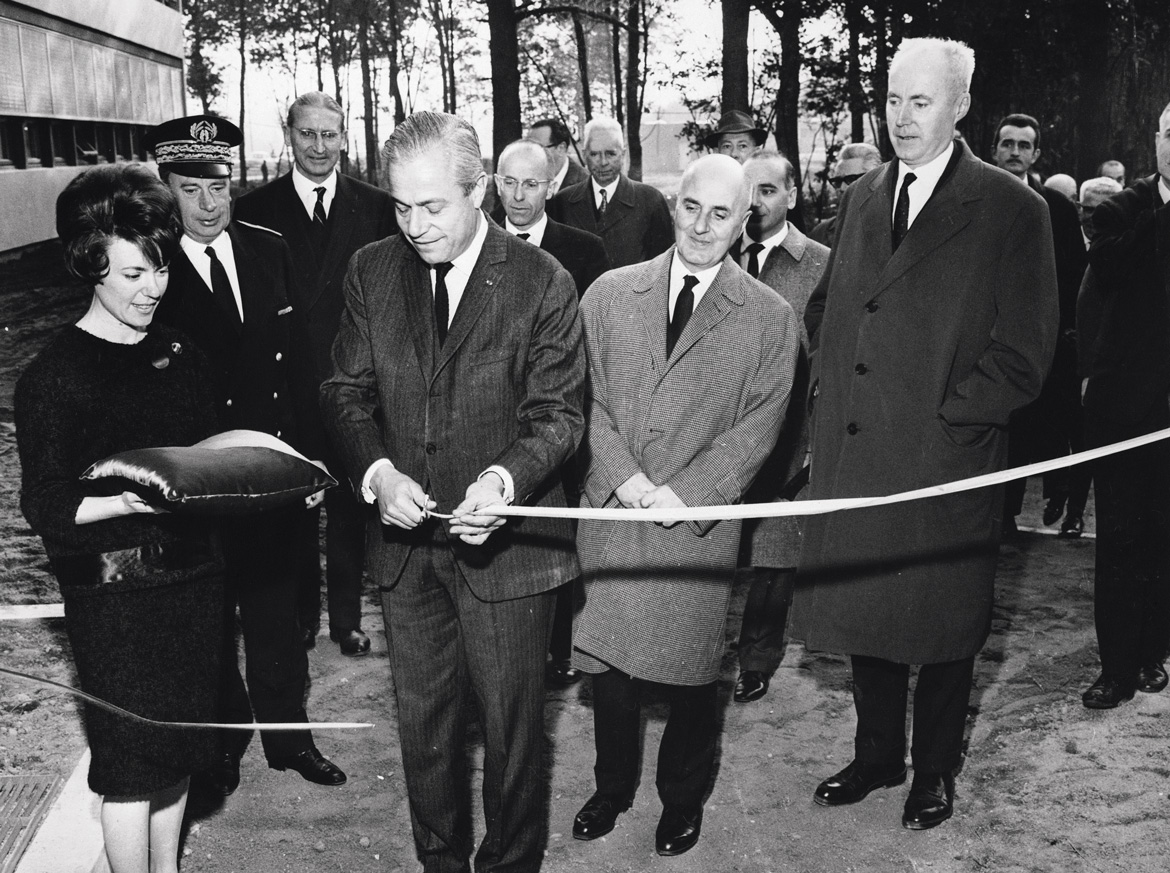
The gradual regionalisation of activities
The establishment was also reorganised on the regional level. In 1965, all the teams were grouped together at a single site, at Orléans-La Source. Inaugurated by the Minister of Industry on 23 October, six years to the day after the creation of BRGM, this new technical and scientific centre concentrated most of the establishment's resources.
While the head office remained in Paris, the Orléans site was responsible for overall coordination of activities in France and abroad. Continuing the regionalisation initiated by its predecessor, the BRGGM, BRGM created its first regional geological mapping service (service géologique régional - SGR) in 1962, in the Nord–Pas-de-Calais region. The regional extension of activities throughout France then continued with the opening of SGRs in the 22 regions of mainland France and its overseas territories.
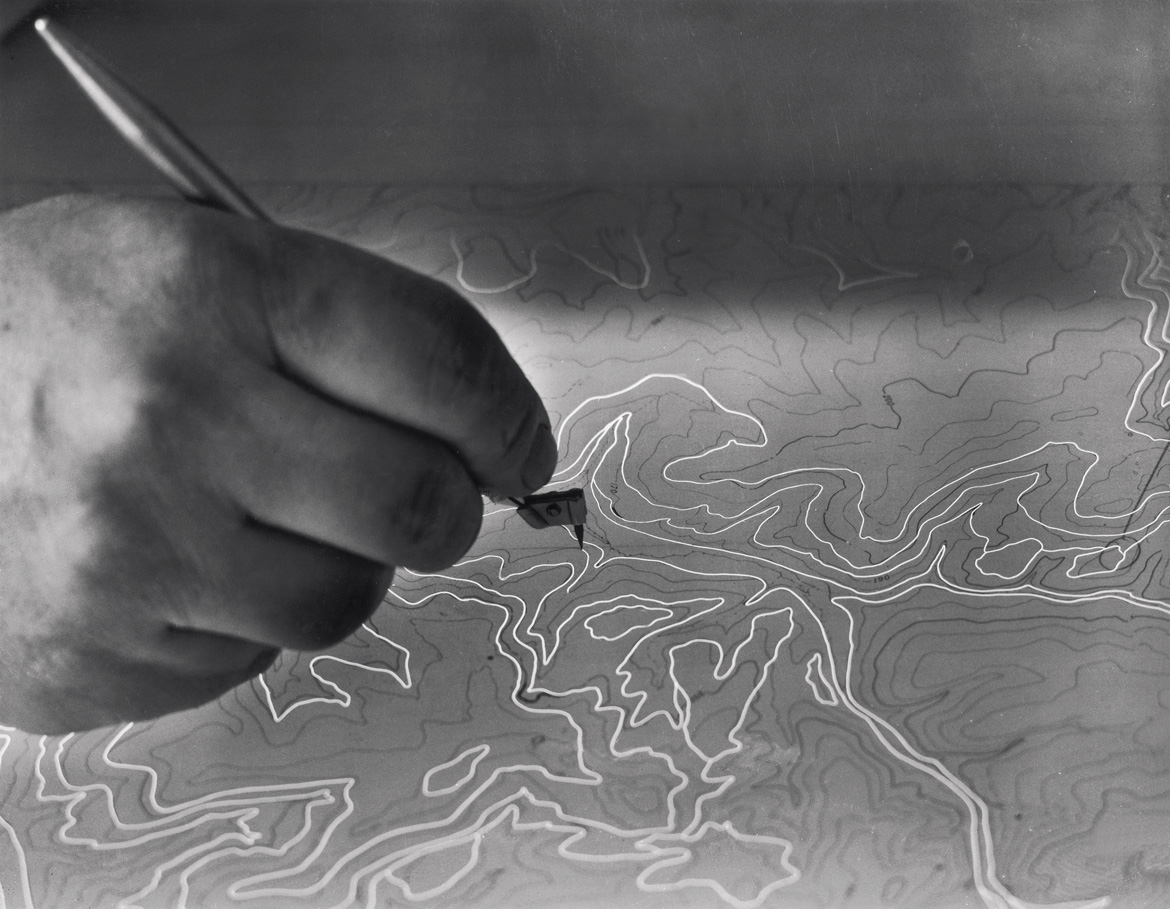
Exporting of expertise
BRGM rapidly extended its international reach, both to fulfil its role of providing technical assistance outside of France and to compensate for the effects of the budget crisis from 1962 to 1964. The first of a long series of contracts was signed with Saudi Arabia in 1964, whereby BRGM committed itself to providing its expertise in geological prospecting and mining. This major agreement was to last more than forty years.
At the same time, the establishment set up an IT division at Orléans-La Source. The introduction of the first computers for processing the data from borehole surveys led to the creation of the sub-surface database (BSS) – now freely accessible via the Infoterre portal – which would have its own specific department in 1971. Finally, the decentralization of BRGM's activities was computerised to enable data entry, query and processing by the regional geological services themselves.

